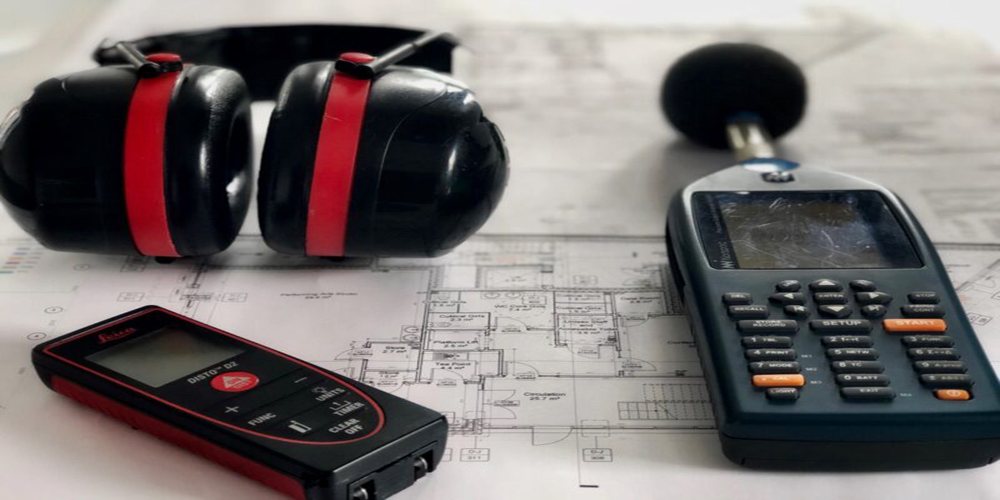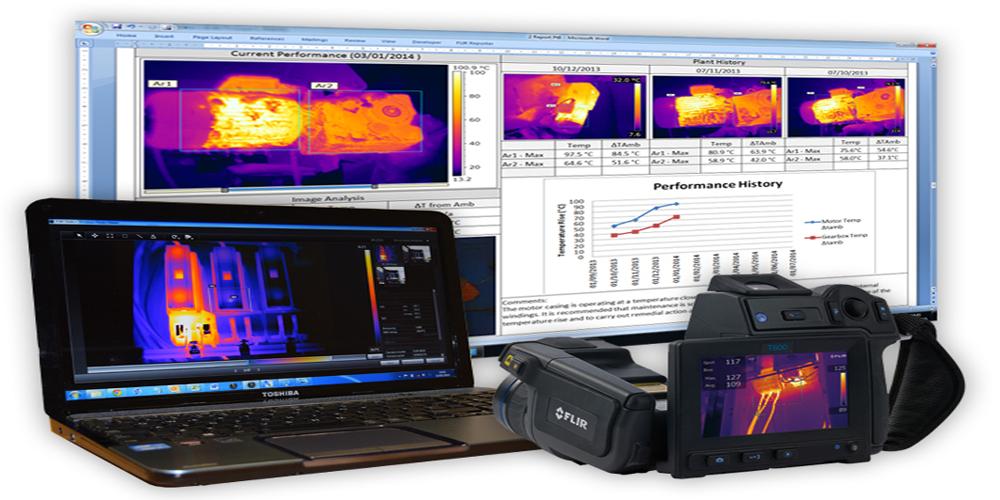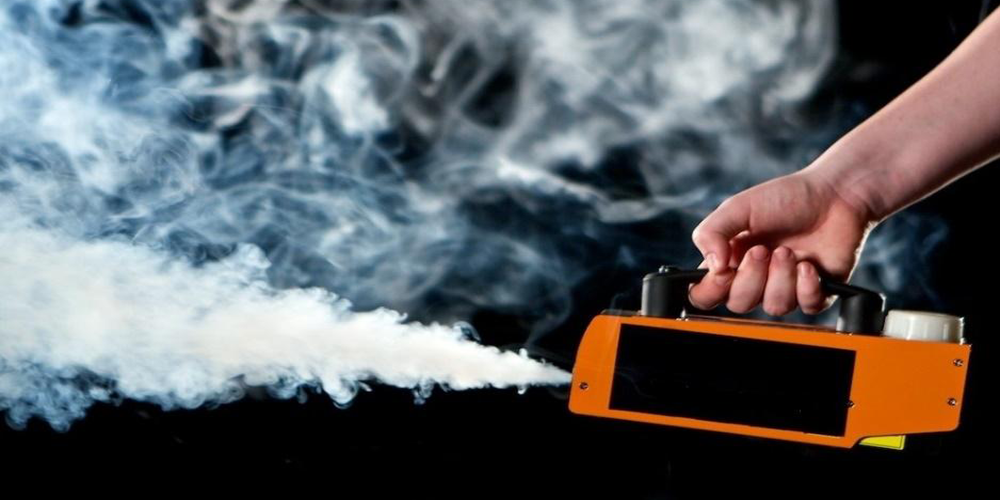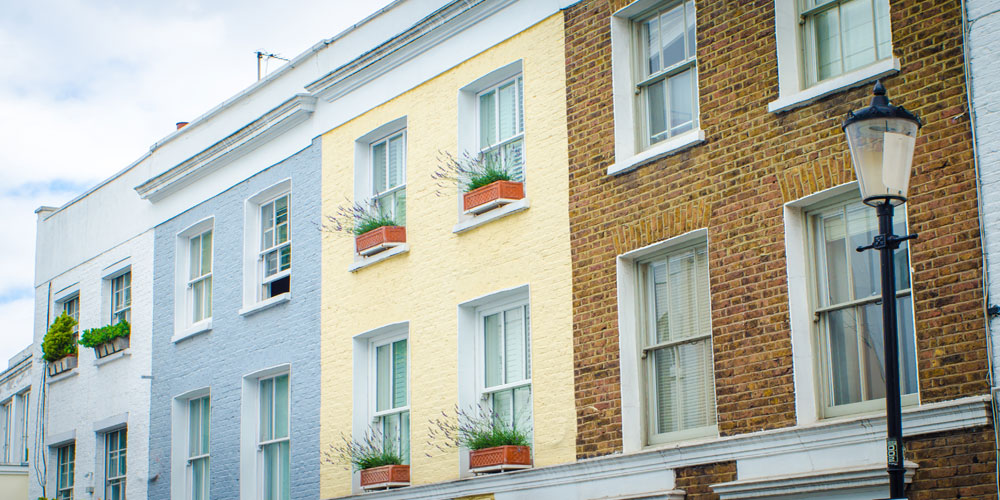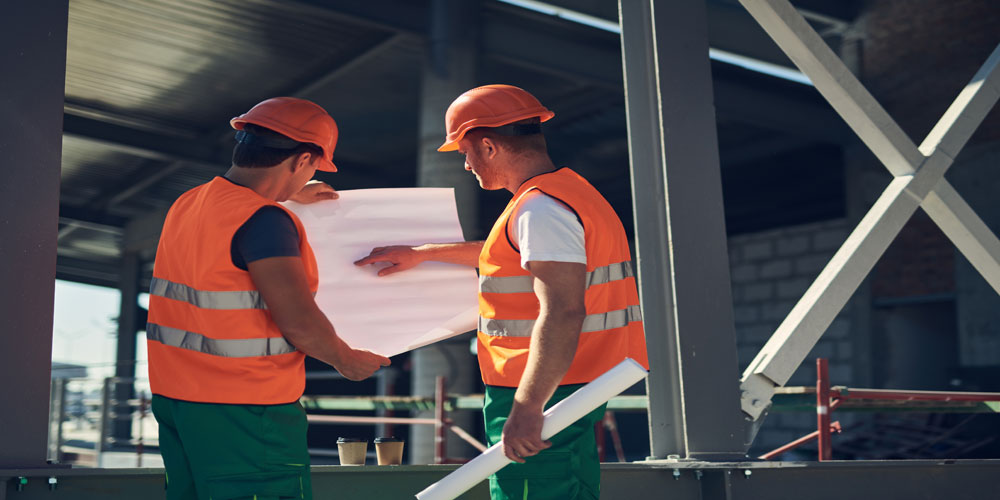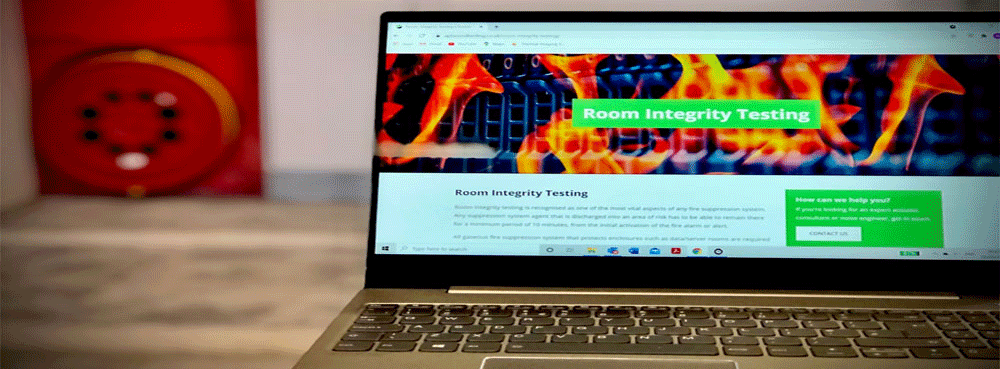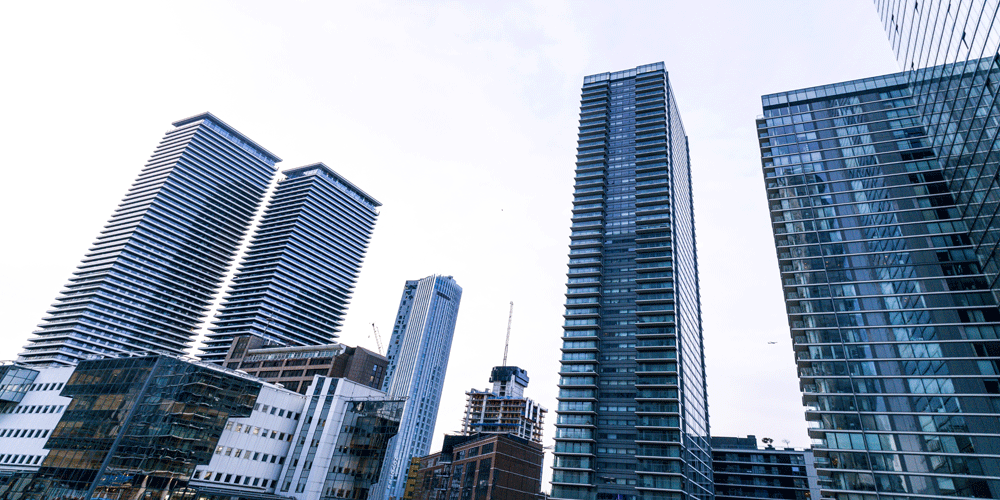
Guide to BS8233 Noise Assessments
Comprehensive Guide to BS8233 Noise Assessments
Expertise in BS8233 Noise Assessments
APT Sound Testing boasts extensive experience in conducting BS8233 noise assessments for planning applications across a wide range of developments. These assessments are frequently mandated by local authorities as part of the planning conditions for new build projects such as apartments, houses, and hotels. The primary aim is to determine the potential additional noise that the proposed development may generate.
Importance of BS8233 Noise Assessments in Planning
Noise assessments are crucial at the planning stage to help local authorities evaluate the potential noise impact of a proposed development. This process typically involves:
- Establishing Existing Ambient Noise Levels: Measurements are taken to determine the current noise environment.
- Assessing Noise Impact from the Development: The anticipated noise levels from the development are calculated, often necessitating detailed noise modelling.
- Considering Secondary Effects: For larger developments, the potential impact of increased traffic and other secondary effects must be considered.
Noise Modelling and Control
Noise modelling plays a pivotal role in predicting the noise impact of a development. It allows us to calculate expected noise levels and assess various noise control options. This modelling helps in designing effective noise mitigation strategies, ensuring that the development complies with noise regulations and minimizes its impact on the surrounding environment.
BS8233 Noise Exposure Categories (NECs)
In the UK, planning and noise assessments are guided by BS8233, which defines four Noise Exposure Categories (NECs):
- Category A: Noise levels that are unlikely to be of concern.
- Category B: Noise levels that may require some mitigation.
- Category C: Noise levels that would require significant mitigation.
- Category D: Noise levels that would generally be considered unacceptable.
The NEC applicable to a site dictates the level of noise consideration required for granting planning permission. Noise-sensitive developments proposed in high-noise areas, or areas expected to experience high noise levels in the future, must particularly adhere to these guidelines.
Brownfield vs. Greenfield Sites
Government guidance encourages the re-use of brownfield sites, which are often subject to higher noise levels compared to greenfield sites. As a result, noise assessments for brownfield developments are crucial to ensure appropriate noise mitigation measures are in place.
Determining and Mitigating Noise Levels
The NEC for a development is usually determined through noise monitoring. Based on these findings, potential mitigation options are evaluated using calculations and noise modelling. Effective noise mitigation measures are then integrated into the development’s design phase.
Sound Insulation and Building Envelope
For most buildings, the sound insulation performance is largely dependent on the glazing system. Specific glazing and ventilation systems may be necessary to achieve the desired internal noise criteria. Newly constructed residential developments are required to undergo sound insulation testing in accordance with Approved Document E of the Building Regulations.
Accredited Surveys and Testing
APT Sound Testing provides fully ISO-compliant, UKAS-accredited surveys and sound testing. We utilize the latest Norsonic sound testing equipment to ensure accurate and reliable results.
Contact Us
If you are uncertain about the acoustic requirements of your project or if your local authority has requested a BS8233:2014 noise survey, we are here to help. Please contact us at:
- Phone: 01525 303905
- Email: info@aptsoundtesting.co.uk
Detailed Examination of BS8233 Noise Assessments
Noise assessments are integral to urban planning, especially in the context of new developments. They ensure that proposed projects do not negatively impact the existing noise environment and help maintain the quality of life for future residents.
Steps Involved in a Noise Assessment
1. Baseline Noise Survey
The first step involves conducting a baseline noise survey to understand the existing ambient noise levels. This typically requires:
- Site Visits: Multiple visits to the site at different times of the day and week to capture a comprehensive noise profile.
- Measurement Equipment: Utilizing advanced sound level meters to record noise levels.
- Data Analysis: Analyzing the data to establish the typical noise environment.
2. Impact Assessment
Once the baseline noise levels are established, the next step is to assess the potential noise impact of the proposed development. This includes:
- Noise Source Identification: Identifying all potential noise sources associated with the development, such as construction activities, machinery, and traffic.
- Prediction Models: Using predictive noise models to estimate the future noise levels once the development is operational.
- Comparative Analysis: Comparing the predicted noise levels with the baseline data to understand the increase in noise levels.
3. Secondary Effects Analysis
For larger developments, it’s essential to consider secondary noise effects, such as:
- Traffic Increase: Evaluating how the development will affect traffic volumes on surrounding roads and the consequent noise impact.
- Cumulative Noise Impact: Considering the combined noise effects of the development and existing noise sources.
Noise Mitigation Strategies
Depending on the findings of the noise assessment, various mitigation strategies can be employed to reduce the noise impact:
- Building Design: Incorporating soundproofing materials and designs that minimize noise transmission.
- Landscaping: Using barriers such as walls, fences, and vegetation to absorb and deflect noise.
- Glazing Systems: Implementing high-performance glazing systems that provide superior noise insulation.
- Ventilation Solutions: Designing ventilation systems that maintain air quality without compromising noise insulation.
Compliance with BS8233 Noise Assessments & Building Regulations
BS8233 Guidelines
The BS8233 standard provides guidance on sound insulation and noise reduction for buildings, specifying acceptable noise levels for different types of developments. It helps in:
- Setting Noise Criteria: Defining acceptable indoor and outdoor noise levels for residential, commercial, and recreational areas.
- Design Considerations: Offering recommendations on building design to achieve desired noise levels.
- Noise Control Measures: Suggesting various noise control measures to mitigate noise impact.
Approved Document E
Approved Document E of the Building Regulations focuses on sound insulation between dwellings. Key requirements include:
- Pre-completion Testing: Conducting sound insulation tests to ensure compliance with noise standards.
- Design and Construction: Adhering to specific design and construction methods to enhance sound insulation.
Advanced Noise Testing Equipment
APT Sound Testing employs state-of-the-art Norsonic sound testing equipment, known for its precision and reliability. This equipment is used to:
- Conduct Accurate Measurements: Ensure accurate recording of noise levels during baseline surveys and post-construction testing.
- Analyze Acoustic Data: Provide detailed analysis and reporting on noise levels and potential mitigation measures.
Noise Assessments & Planning
Noise assessments are a critical component of the planning process for new developments. They help ensure that proposed projects do not adversely affect the noise environment, safeguarding the well-being of future occupants and the surrounding community. With extensive experience and advanced testing equipment, APT Sound Testing is well-equipped to provide comprehensive BS8233 noise assessments, ensuring compliance with regulatory standards and helping clients navigate the planning process smoothly.
For expert guidance on your project’s acoustic requirements, contact APT Sound Testing at 01525 303905 or info@aptsoundtesting.co.uk.

